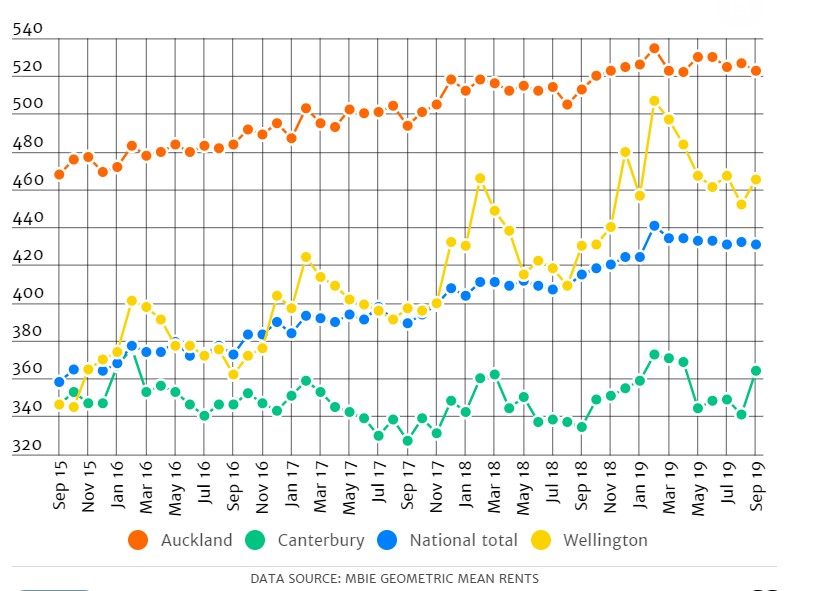Housing

Two years into the Government's term, housing is far from Labour's strong point, but it is not an area of total failure.
The huge shining failure is KiwiBuild, the promise from Labour to build 100,000 affordable homes in 10 years. After months of backdowns and embarrassment over the policy, the Government has significantly scaled it back: getting rid of the 100,000 target, buying back many of the homes to sell on the private market because no-one wanted them, and allowing a small proportion of the homes to sell above the "affordability" cap – which the Government also raised in Auckland.
KiwiBuild is the only policy failure of this Government thus far to lead to a minister losing their job, with Phil Twyford being swapped out of housing and Megan Woods taking over. There are some happy families living in what look to be well-built KiwiBuild developments. But nowhere near enough of them.
The Government has found frustration elsewhere in the housing portfolio. Labour did not persuade NZ First to support a capital gains tax, one of the larger changes it had been keen on to douse down the property investment market. It did manage to extend the "bright line test" and close negative gearing loopholes, although some economists suggest that will drive up rents.

More concretely the Government has passed an effective foreign buyers' ban on residential property, something all three parties agreed on.
So what effect has this had on the market? According to the Real Estate Institute, median house prices have continued to cool after a peak in 2016, dropping from $1.21m in September of 2017 to $1.14m in September this year. Median house prices in Wellington have grown significantly, however, from $756,000 in that period, and this has helped keep the median price for the entire country on its upwards trajectory, from $541,000 in the month of the election to $615,000 in September of 2019.
In the rental space things have moved very slowly. The largest intervention from the Government has been its Healthy Homes Standards, which set much higher standards for rental properties, but aren't yet in effect. (That insulation change actually comes from a 2016 law.) Labour also promised a much more radical reform of tenancy laws to give tenants more power with an end to no-cause terminations, limits and transparency on rent rises, and the banning of letting fees. In the end, it sliced off the letting fees ban and has pushed all the others out for consultation. A year after that consultation ended we are yet to see an actual bill, although new minister Kris Faafoi promises us something is coming ahead of next year.

Rents have continued a steady rise, particularly in Wellington. The Ministry of Business, Innovation and Employment's figures for Auckland have average rent rising from $494 a week for new tenancies in September 2017 to $523 in September 2019 – a bump of $29 a week. For comparison, in the previous two years it rose $26 a week.
Finally, Labour promised to do more to support those hit worst by housing costs by stopping state-home sales and rebuilding the state housing stock. It has definitely stopped large-scale state home selloffs and has dramatically increased the overall stock of state homes. There were 61,083 state homes in June 2017 and 61,437 two years later, along with increases in emergency/transitional housing and community group housing too. State house building had been ramping up after National reduced the net stock in its early years in government, giving Labour a bit of a running start. In mid-2019 there were roughly nine times as many public houses being built as there were in 2016.




